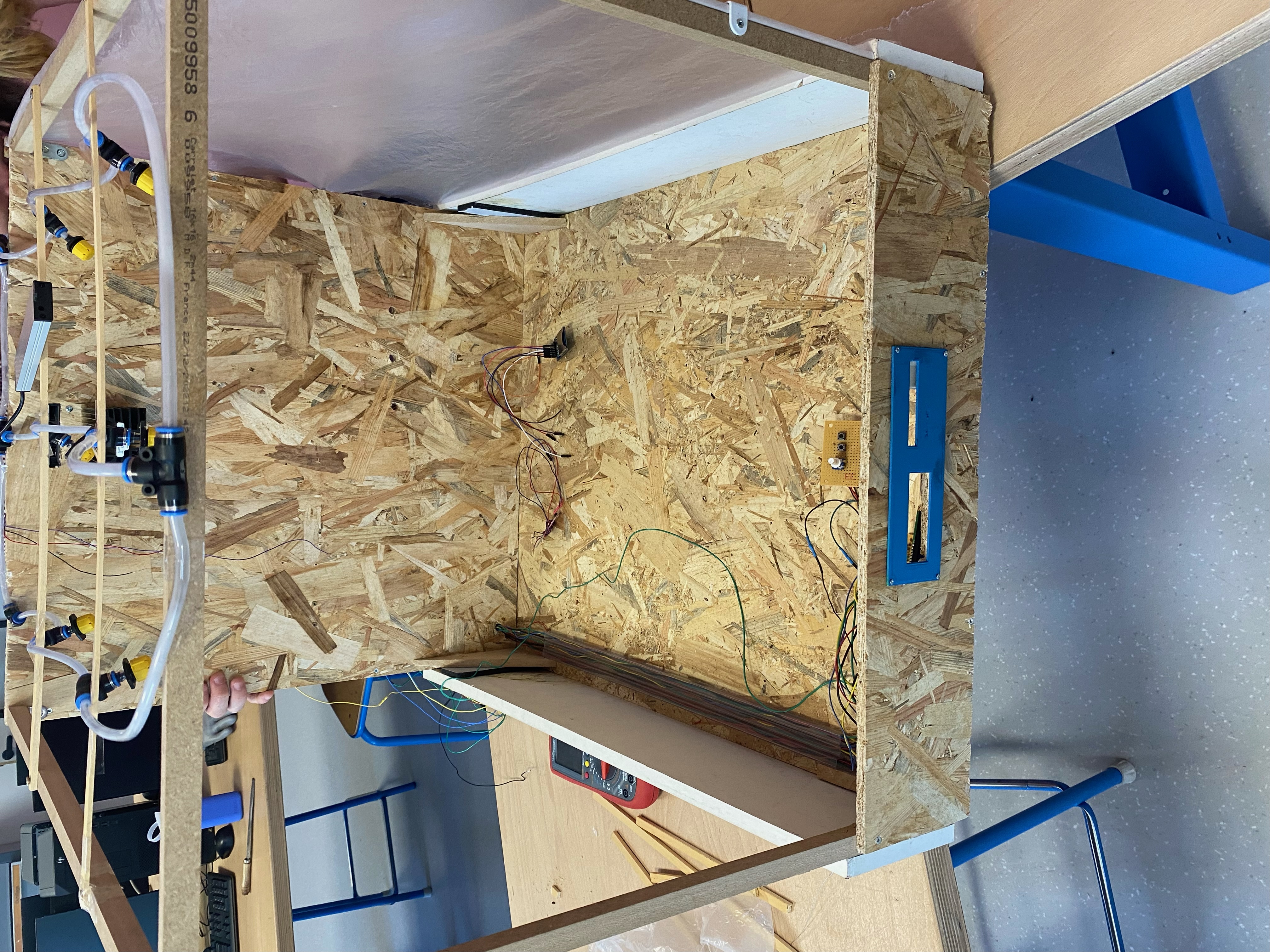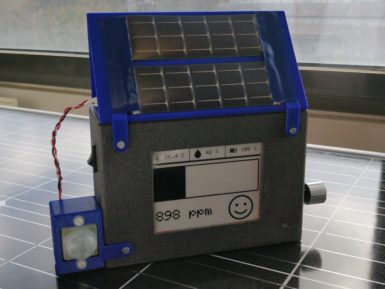
Arduino MKR CAN Shield
Need to connect a device to a CAN (Controller Area Network) for communication within an automobile and with other CAN devices? The Arduino MKR CAN shield will provide automotive CAN connectivity.
Overview
With this shield you can easily connect to a CAN (Controller Area Network) Bus. Discover new possibilities of interaction between your Arduino MKR Board and the CAN ecosystem.
The MKR CAN shield can simplify the connection of the MKR boards with industrial systems and especially with automotive applications. This shield opens a new set of possible applications like smart vehicles, autonomous cars and drones. A CAN connection also provides the possibility to connect a MKR board directly with several types of industrial grade sensors, motors and displays.
Notice: On some boards, the bottom silk is mirrored. Please refer to the top silk for guidance. If you need further assistance, contact our support team
Tech specs
| Protocol | CAN Bus |
| Interface | SPI |
| Circuit Operating Voltage | 3.3 V |
| Controller | Microchip MCP2515 (datasheet) |
| Transceiver | NXP TJA1049 (datasheet) |
| Buck converter | Texas Instruments TPS54232 (datasheet) |
| Vin (screw connector) | 7 V - 24 V |
| Vin (header) | 5 V |
| Compatibilty | MKR size |
| Switchable onboard termination resistor | |
Conformities
Resources for Safety and Products
Manufacturer Information
The production information includes the address and related details of the product manufacturer.
Arduino S.r.l.
Via Andrea Appiani, 25
Monza, MB, IT, 20900
https://www.arduino.cc/
Responsible Person in the EU
An EU-based economic operator who ensures the product's compliance with the required regulations.
Arduino S.r.l.
Via Andrea Appiani, 25
Monza, MB, IT, 20900
Phone: +39 0113157477
Email: support@arduino.cc
Documentation
OSH: Schematics
The Arduino MKR CAN Shield is open-source hardware! You can build your own board using the following files:
EAGLE FILES IN .ZIP SCHEMATICS IN .PDFLearn more
Get Inspired

Just a simple and enjoyable autonomous greenhouse

Humans are animals and like all animals, we evolved in mostly outdoor conditions where the air is nice and fresh. But modern society keeps most of us indoors the vast majority of the time, which could have negative health effects. There are many potential hazards, including a lack of sunlight and psychological effects, but CO2 may pose a more tangible risk. To keep tabs on that risk within classrooms, a team from Polytech Sorbonne built this small CO2 monitor. This CO2 monitor performs two functions: it shows anyone nearby the CO2 levels in the area and it uploads that data over LoRaWAN to a central hub that can track the levels across many locations. A school could, for example, put one of these CO2 monitors in every classroom. An administrator could then see the CO2 levels in every room in real time, along with historical records. That would alert them to immediate dangers and to long term trends. At the heart of this CO2 monitor is an Arduino MKR WAN 1310 development board, which has built-in LoRa® connectivity. It uses a Seeed Studio Grove CO2, temperature, and humidity sensor to monitor local conditions. To keep power consumption to a minimum, the data displays on an e-ink screen and an Adafruit TPL5110 timer only wakes the device up every ten minutes for an update. Power comes from a lithium-ion battery pack, with a DFRobot solar charger topping up the juice. It uploads data through The Things Network to a PlatformIO web interface. An Edge Impulse machine learning model detects anomalies, so it can sound a warning even if nobody is watching. The enclosure is 3D-printable.








